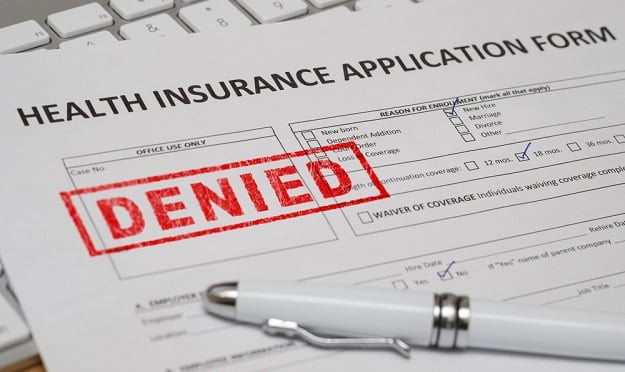(Bloomberg) -- Premiums for the most popular type of insurance plans sold through Obamacare’s marketplaces will rise faster in 2017 than in recent years, according to a study released Wednesday.
Related: States embracing Medicaid expansion see less debt sent to collection
Consumer payments for the two lowest-cost “silver” plans will rise by an average of 10 percent to 11 percent next year, according to the study from the Kaiser Family Foundation that analyzed information from 14 major U.S. cities. Silver plans are selected by about 68 percent of Affordable Care Act enrollees, according to the study, and annual increases in the same plans had averaged about 5 percent.
Related: Turning the ship on rising health care costs
The acceleration is due in part to the conclusion of an Obamacare program that transferred funds from insurers in the employer market to exchange insurers, holding down premiums by 4 percent to 6 percent, said Cynthia Cox, a Kaiser associate director of health reform and private insurance who led the study. Insurance companies also underestimated the number of enrollees and their costs, she said.
“It turns out a number of insurance companies just guessed wrong,” she said. “They guessed too low and they lost of a lot of money.”
Many people have enrolled in Obamacare with pre-existing medical conditions, driving up insurer costs, while enrollment for the young and healthy has been below expectations, said Mitchell Morris, global leader for the health-care sector at Deloitte Consulting.
“That skews the pool to those who use more resources” Morris said. “You need everybody in the pool -- the healthy people and the sick people.”
UnitedHealth Group Inc. and Humana Inc. have both exited some Obamacare markets because of losses on the individual exchanges. The study found that while insurer participation in the cities analyzed will be slightly lower in 2017, the decrease in participation is mostly due to the departure of UnitedHealth.
The analysis was based on proposed rate filings in states where complete information was available. Most customers who receive premium subsidies might avoid rate increases by shopping for suppliers, according to the study. The 10 percent jump is weighted by 2016 state marketplace enrollment but higher this year than in the previous years, according to the study.
Benjamin Wakana, a spokesman for the Health and Human Services Department, said in an e-mail that consumers will end up paying smaller increases than the proposed prices.
“This is just the beginning of the rates process, and despite headlines suggesting double digit increases, proposed rates aren’t what most consumers actually pay because the vast majority of consumers qualify for tax credits that reduce the cost of coverage below the sticker price, and people can shop around and find coverage that fits their needs and budget.”
Complete your profile to continue reading and get FREE access to BenefitsPRO, part of your ALM digital membership.
Your access to unlimited BenefitsPRO content isn’t changing.
Once you are an ALM digital member, you’ll receive:
- Breaking benefits news and analysis, on-site and via our newsletters and custom alerts
- Educational webcasts, white papers, and ebooks from industry thought leaders
- Critical converage of the property casualty insurance and financial advisory markets on our other ALM sites, PropertyCasualty360 and ThinkAdvisor
Already have an account? Sign In Now
© 2025 ALM Global, LLC, All Rights Reserved. Request academic re-use from www.copyright.com. All other uses, submit a request to [email protected]. For more information visit Asset & Logo Licensing.








